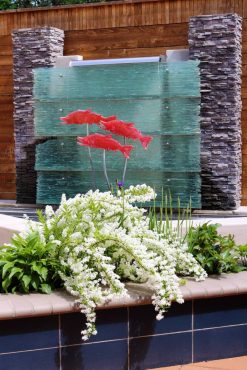 When you go out to dig in your garden, take a stroll in the neighborhood park or simply sit on a bench under a shady tree, do you achieve a unique sense of calm? Chances are you do, perhaps without even recognizing the soothing effects of these activities. Twenty-five years of research shows that even short exposures to nature have positive health effects.
When you go out to dig in your garden, take a stroll in the neighborhood park or simply sit on a bench under a shady tree, do you achieve a unique sense of calm? Chances are you do, perhaps without even recognizing the soothing effects of these activities. Twenty-five years of research shows that even short exposures to nature have positive health effects.
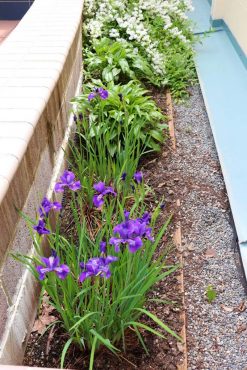 So powerful are the results of this collective research that myriad health disciplines use nature in a very direct way to improve health outcomes: horticultural therapy and ecophsychology, among others. Facilities such as general and psychiatric hospitals, and those treating Alzheimer’s, cancer and hospice patients use gardens to improve patient healing. As far back as the 1870s in the United States, the Quakers’ Friends Hospital in Pennsylvania included a greenhouse and open space in the treatment of mental disorders.
So powerful are the results of this collective research that myriad health disciplines use nature in a very direct way to improve health outcomes: horticultural therapy and ecophsychology, among others. Facilities such as general and psychiatric hospitals, and those treating Alzheimer’s, cancer and hospice patients use gardens to improve patient healing. As far back as the 1870s in the United States, the Quakers’ Friends Hospital in Pennsylvania included a greenhouse and open space in the treatment of mental disorders.
The Les & Betty Krueger Family Healing Garden at Harrison Medical Center in Bremerton is a wonderful rooftop garden built to allow patients, families and staff enjoy nature. The 3,100-square-foot garden is accessible to patients on the second-floor north wing while the outpatient radiation-treatment waiting room looks out onto the verdant space.
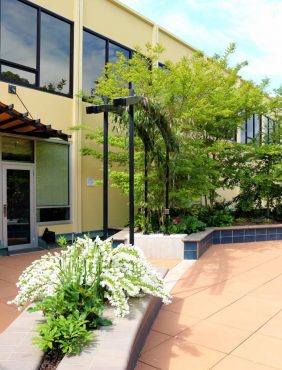
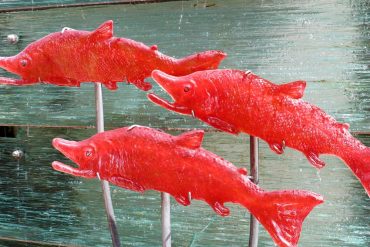 The garden, funded entirely with charitable gifts to the Harrison Foundation, was dedicated in September 2012 and is tended mostly by volunteers and the Integrative Health team. Etched in the entrance door to the garden is a quote by Thomas Moore: “The soul cannot thrive in the absence of a garden.”
The garden, funded entirely with charitable gifts to the Harrison Foundation, was dedicated in September 2012 and is tended mostly by volunteers and the Integrative Health team. Etched in the entrance door to the garden is a quote by Thomas Moore: “The soul cannot thrive in the absence of a garden.”
Rose-Marie Stacy has been overseeing and mentoring volunteers in the maintenance of the garden since its opening. A retired Harrison employee and WSU Kitsap Extension Master Gardener, she attests to the healing that takes place in the garden, which provides refuge for patients and staff alike.
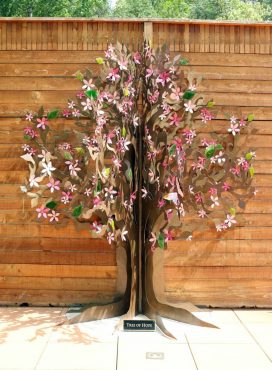
The garden is dedicated to caring for its visitors’ mind, body and spirit. Enjoying the fresh air and engaging in quiet contemplation is encouraged; meetings or eating lunch discouraged. Stacy describes the space as “an oasis” where people come for respite. When asked to describe what visitors to the garden take away, her quick, first response is “elevated moods.”
Prominently featured in the garden is the delightful “Tree of Hope” sculpture by local artist Lisa Stirrett. The tree trunk, 9 ? feet tall, and its branches are made of steel, and glass leaves, flowers and butterflies are mounted with powerful magnets to the frame. In spring, the tree is adorned with cheerful, pink glass flowers and in summer, bright-green leaves. In September, the staff put out the autumn-hued leaves and in winter, icicles take their place. The glass that clings to the metal frame positively glows in the light. Its look can, indeed, elevate one’s mood.
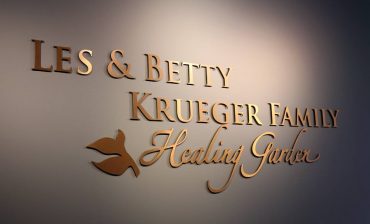 In the time she has been caring for the garden, Stacy has also cared for people in understated but impactful ways. She remembers a day when she was deadheading coneflowers and a woman came outside sobbing. While not intruding on her quiet and reflective time, Stacy brought her a flower and placed it in her hand, then resumed her gardening. No words were exchanged, nor were they needed.
In the time she has been caring for the garden, Stacy has also cared for people in understated but impactful ways. She remembers a day when she was deadheading coneflowers and a woman came outside sobbing. While not intruding on her quiet and reflective time, Stacy brought her a flower and placed it in her hand, then resumed her gardening. No words were exchanged, nor were they needed.
Stacy gets satisfaction in witnessing how the garden can take one’s mind off a difficult situation. She’s had many conversations in the sunshine with patients and their families about the beautiful plants and the joy of tending their own home gardens.
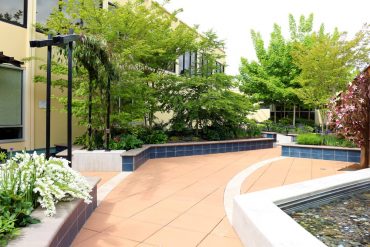 Often oncology patients will come out to the garden and sit near the fountain, which was gifted in remembrance of Judy Hammar. The sound of the water is soothing and contributes to the restorative environment. Water clambers down an undulating sheet of glass that forms the back wall of the fountain while salmon, ruddy and glistening with water droplets, float above the basin. The glass pieces here were also created by Stirrett.
Often oncology patients will come out to the garden and sit near the fountain, which was gifted in remembrance of Judy Hammar. The sound of the water is soothing and contributes to the restorative environment. Water clambers down an undulating sheet of glass that forms the back wall of the fountain while salmon, ruddy and glistening with water droplets, float above the basin. The glass pieces here were also created by Stirrett.
The garden is the ideal place for “mental processing” where people can reflect on their health and healing without the intrusion of beeping equipment and announcements on overhead pagers. Staff have even done yoga in the garden during the summer. Health professionals give so much of themselves in the care of others that it makes sense that they, too, benefit from the fresh air and the sound of plants rustling in the breeze.
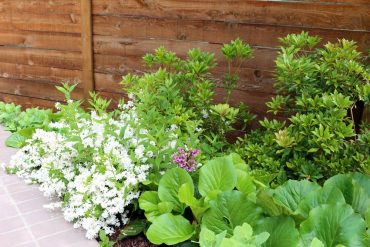 The Les & Betty Krueger Family Healing Garden was designed by Mark Epstein, a landscape architect from Bainbridge Island who teaches therapeutic site design at the Chicago Botanic Garden, and previously at the University of Washington. Characteristics of healing gardens, including this one, are comfortable and private seating areas surrounded by lush plantings, an enclosed space for a sense of protection, paving that is level and easy to navigate, and a variety of features that allow a sensory experience, such as water, natural materials set in meditative patterns and beautiful lighting.
The Les & Betty Krueger Family Healing Garden was designed by Mark Epstein, a landscape architect from Bainbridge Island who teaches therapeutic site design at the Chicago Botanic Garden, and previously at the University of Washington. Characteristics of healing gardens, including this one, are comfortable and private seating areas surrounded by lush plantings, an enclosed space for a sense of protection, paving that is level and easy to navigate, and a variety of features that allow a sensory experience, such as water, natural materials set in meditative patterns and beautiful lighting.
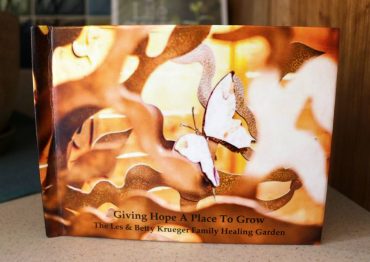 The garden is so appreciated by patients that memorials and even a wedding have been held there.
The garden is so appreciated by patients that memorials and even a wedding have been held there.
“This garden makes me feel so quiet and solemn and even though I am sick, I feel well enough just for a moment,” says one patient on the Harrison Foundation’s webpage. “So much easier to get up and walk when we make the garden the destination.”
These sentiments get to the heart of how the Les & Betty Krueger Family Healing Garden makes a difference to people’s well-being and why Rose-Marie Stacy and other volunteers and staff receive so much joy from tending the garden.






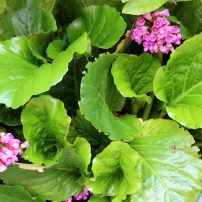
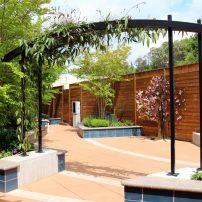
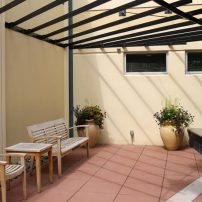
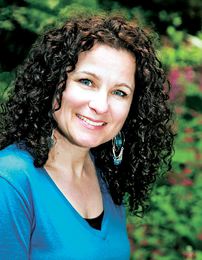


























Comments